What is colour temperature on TVs?
What is colour temperature, how is it measured and why is it important?
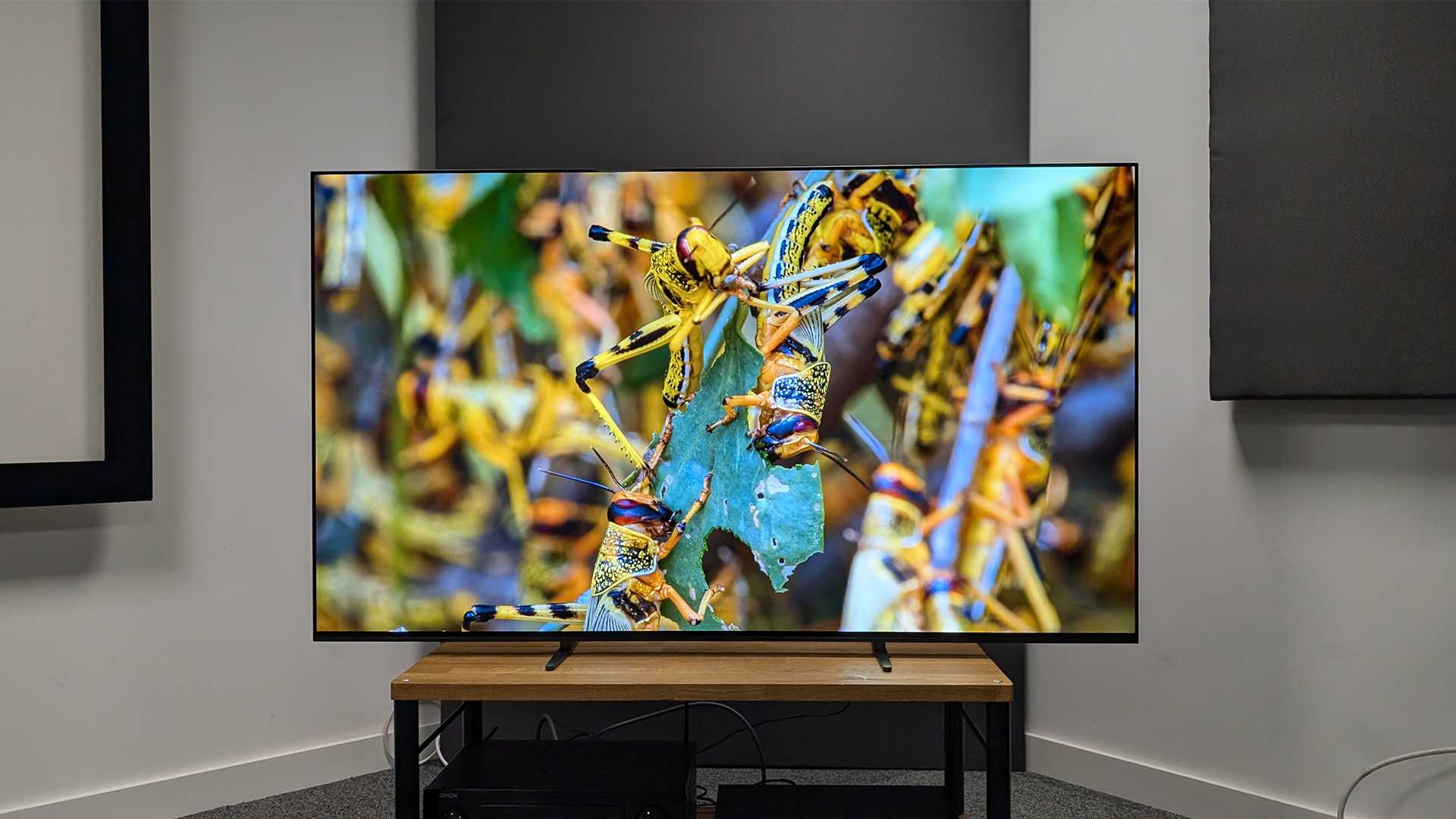
There are a lot of technical terms that get used in TV marketing these days, but none is more mysterious than colour temperature. How can colour have a temperature, and why does it matter?
While at first the idea that a colour has a specific temperature might seem weird, there is a direct correlation even if the science behind it is tied up in the wavelengths of light and the wacky world of quantum mechanics.
However, from a common sense perspective, colour temperature isn’t that strange: how many times have you described a picture with a blue tinge as looking ‘cool’ or an image with a red hue as appearing ‘warm’? Already you can see that we instinctively associate certain colours with specific temperatures even if, as we’re about to discover, the examples just given are the exact opposite of reality.
Read on to learn everything you need to know about colour temperature.
What is colour temperature?
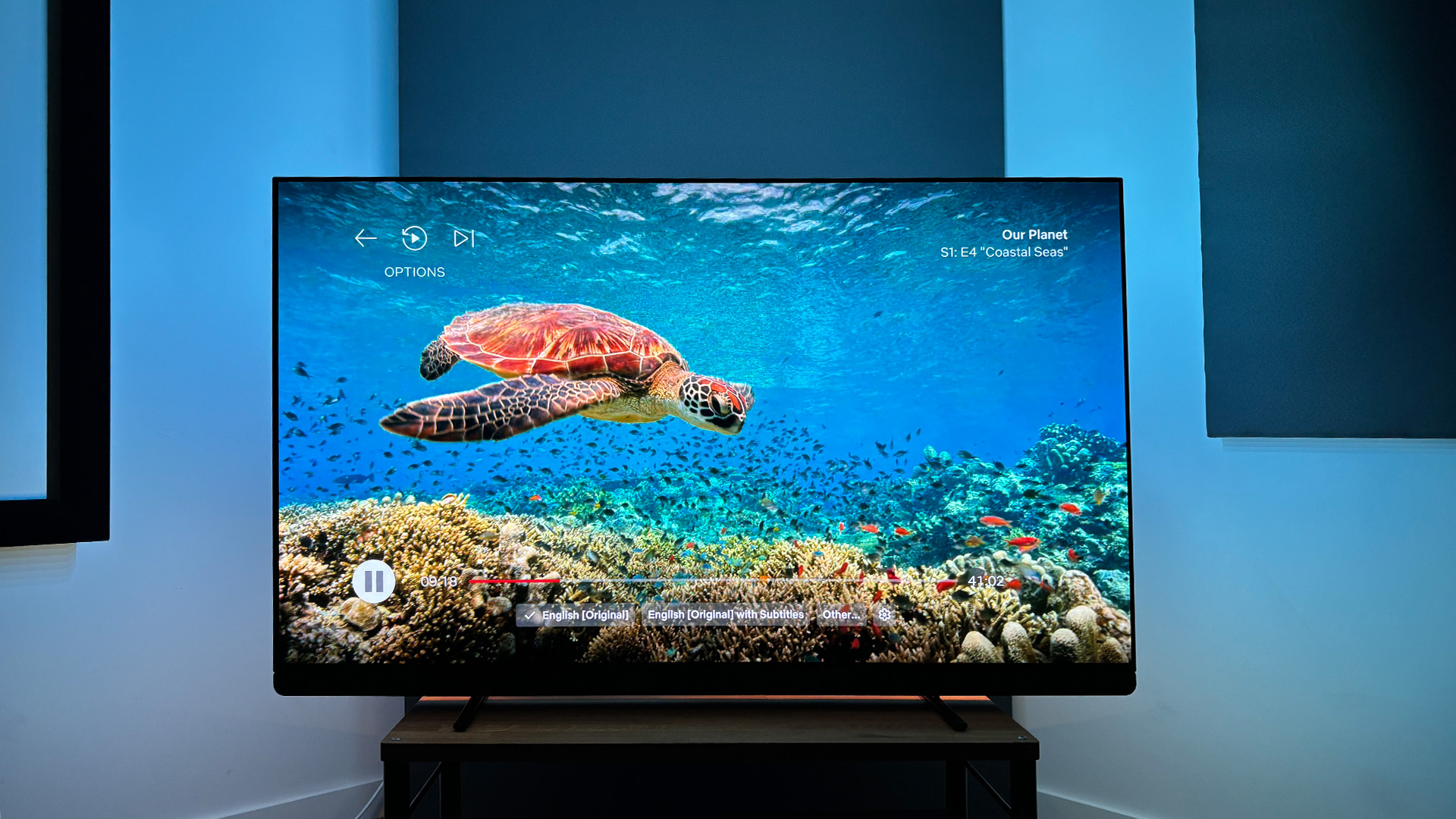
In physics if you take a ‘black body’ (essentially an electromagnetically inert block of metal) and heat it up it will start to radiate light. As it gets hotter it glows different colours, and these are recorded at specific temperatures measured in Kelvin – a unit you may remember from science lessons at school.
As the black body heats up it initially radiates shades of red, before turning white, and ultimately glowing blue. So red is actually measured at lower temperatures than blue, and while that might initially seem counterintuitive, just imagine the flame on a gas hob where the hotter outer edge looks blue. The result of all these scientific observations is a scale going from red to blue where measured temperatures correlate to specified colours.
What is D65?
As the black body glows white, a specific temperature of 6500K was chosen to represent average daylight by the International Commission on Illumination (CIE). This video standard is referred to as D65 and defines the colour of white for both standard dynamic range (SDR) and high dynamic range (HDR) content.
Why is colour temperature important?
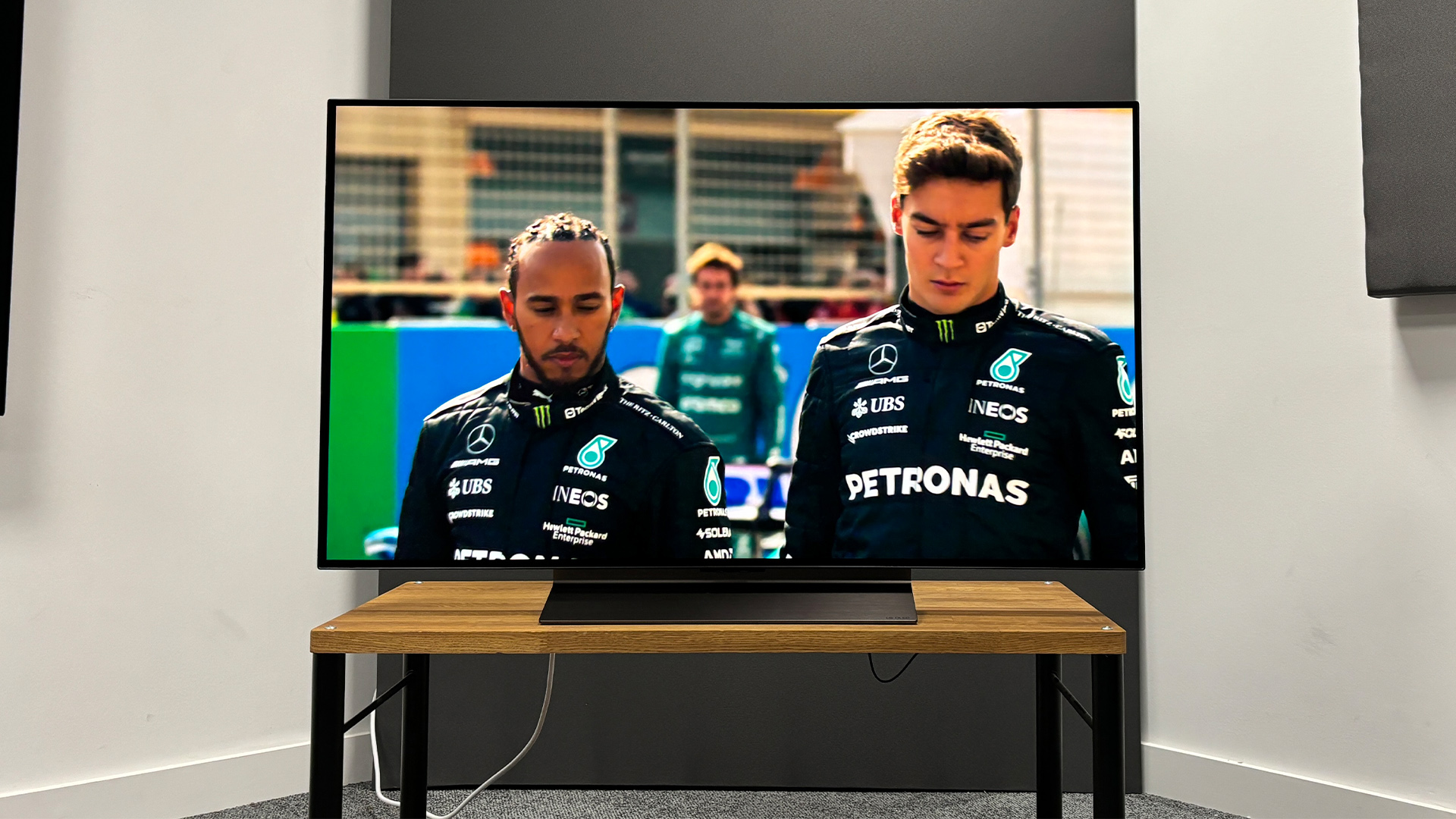
The colour temperature determines the colour of white, and since the black and white component of a video signal contains all the detail over which the colours are layered, it forms the foundation of the entire picture. If the colour temperature is wrong then nothing will look correct.
The best analogy is to imagine a painter’s canvas. If that canvas is plain white then whatever colours the painter uses won’t be affected by the canvas itself. Now imagine that canvas is a blue-white instead – under these circumstances the painting will look slightly blue because of the underlying hue of the canvas.
It’s exactly the same with a video image, if the colour temperature is skewing towards blue, then the overall picture and especially the whites will look slightly blue. It’s to avoid issues like this that D65 was chosen as the video industry standard for white.
Why do we need video standards?
All industries have standards, and video distribution is no exception. Whether you’re talking about DVD, Blu-ray, 4K Blu-ray, TV broadcasts or video streaming, they all use the same set of agreed standards that have been adopted by the industry over the last 50 years.
The capabilities of displays may change as technology evolves but the standards were developed by the International Telecommunication Union (ITU) to ensure consistency from video creation to distribution and ultimately to the display, whether high definition or ultra high definition.
These standards cover every aspect of video presentation and include resolution (Full HD, 4K and 8K), frame rate (from 24p to 120Hz), colour gamut (BT.709, DCI-P3 and BT.2020), SDR gamma (BT.1886), HDR curves (ST 2084 or HLG), and the colour temperature for white (D65).
By adopting these standards and using professionally calibrated displays at every stage of production, the video industry ensures that an image looks the same from creation to distribution. If the industry didn’t use these standards, how would anyone know what white and the three primary colours of red, green and blue were supposed to look like?
Colour is just how our eyes and brains interpret certain visual stimuli, and even within normal tolerances of a person’s colour vision there are minor variations. You can’t just twiddle with the white balance and colour controls until they ‘look right’.
How do I select the correct colour temperature?
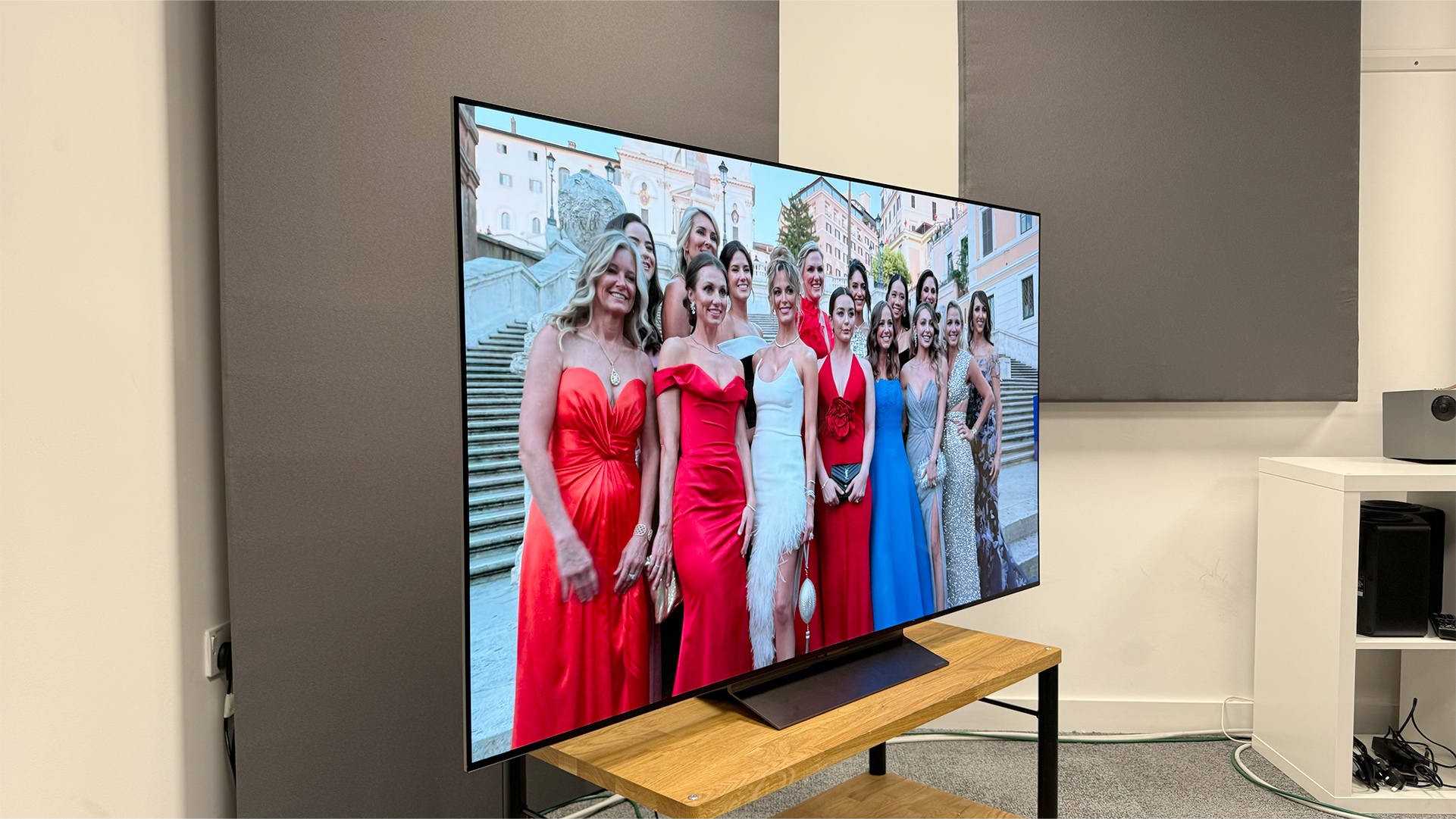
Unfortunately, every display manufacturer ships its TVs or projectors in an out-of-the-box mode that’s designed to look as impressive as possible (while also adhering to regional eco guidelines). These modes tend to be overly bright, have saturated colours, and they always have too much blue in the whites because the colour temperature is set too high.
These modes never reflect the content creators’ original intentions, and it’s a constant source of frustration for filmmakers who use displays calibrated to the industry standards at every stage in production but are then at the mercy of TV and projector manufacturers when it comes to the consumer displays that form the very last part of the video distribution chain.
For this reason, the industry came together and created the Filmmaker Mode. Almost every manufacturer (Sony and TCL are the most obvious holdouts) includes a Filmmaker Mode on most of its TVs, and by simply selecting this preset you will immediately have a more accurate picture with a colour temperature that’s much closer to D65. If your TV doesn’t have a Filmmaker Mode then choose the Movie or Cinema mode, which should be similar – at least in terms of colour temperature.
Why isn't D65 the default setting?
You might be wondering why TV and projector manufacturers don’t just use D65 for the colour temperature of white in the out-of-the-box mode? That’s a good question, and the answer lies in an unfortunate optical illusion. If you add blue to white, it looks ‘whiter’. It isn’t whiter of course, it’s just slightly blue, but in an effort to make their out-of-the-box modes as punchy as possible, manufacturers will push the amount of blue in the colour temperature of white to extreme amounts, and in the process turn everything else blue.
While choosing the Filmmaker, Movie or Cinema Mode is the simplest solution to selecting a colour temperature of D65, you may fancy creating a custom picture mode. If you do, be careful because most manufacturers don’t use the term D65 to denote the colour temperature that equates to 6500K, the majority somewhat confusingly call the setting ‘Warm’. However, as a general rule of thumb, selecting this will get you into the ballpark of D65.
Can the colour temperature be professionally calibrated?
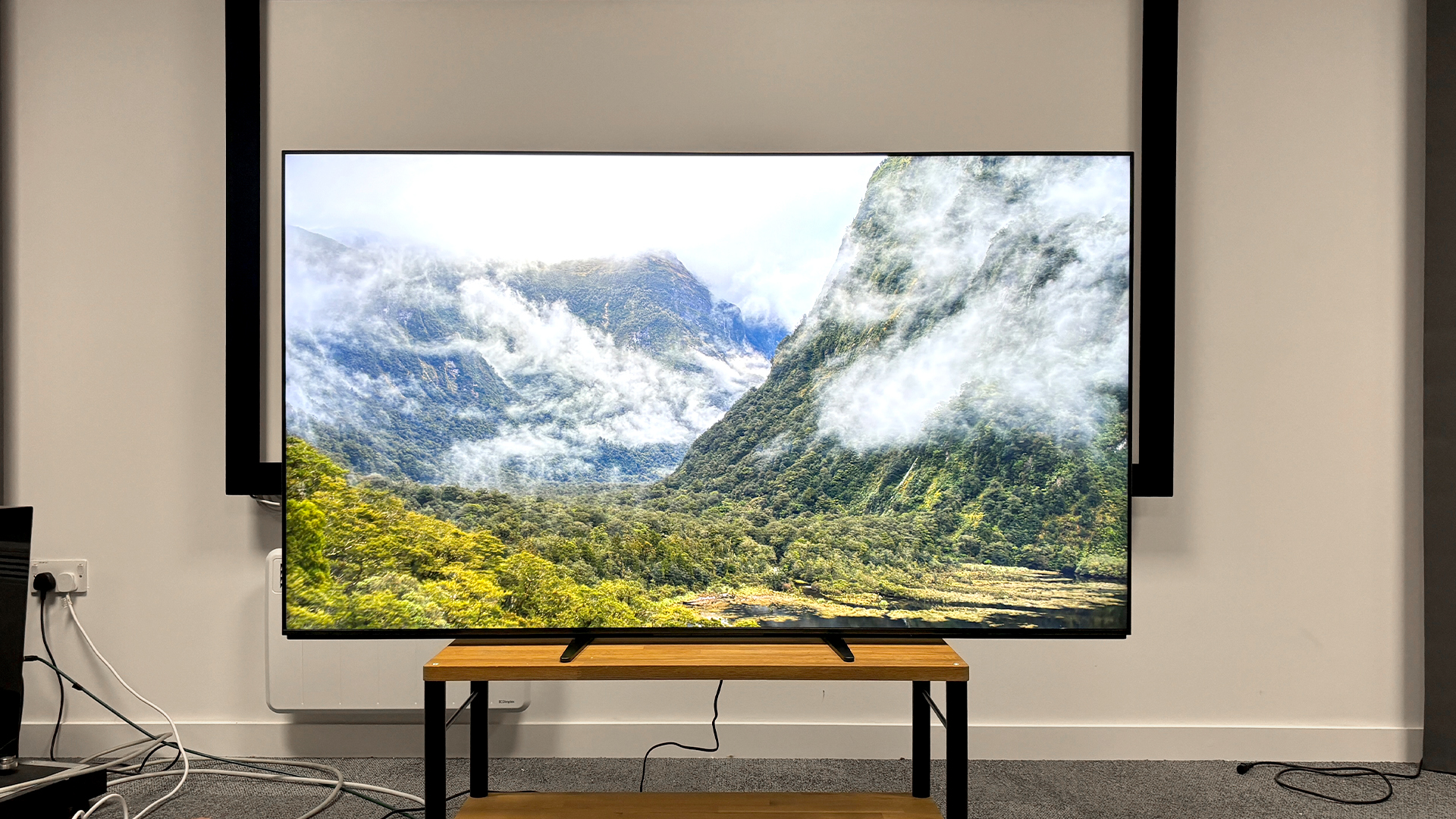
Yes, it can, but this tends to be very expensive and for many people won’t feel necessary. For most, a well-sorted Filmmaker Mode (or similar) will get more than close enough to the correct colour temperature. It’s fair to say, though, that not all Filmmaker Modes are equal, despite that being the intention, and some TVs are more accurate than others.
Improving colour temperature accuracy involves accessing the White Balance menu and using the two-point control to adjust the amount of red, green and blue in the greyscale, which in turn also calibrates the colour temperature of white. This kind of calibration can’t be done by eye, and requires specialist equipment such as colour meter, pattern generator and calibration software.
A professional calibrator will be able to calibrate D65 and the colour gamut for SDR and HDR, along with the HDR tone mapping for your TV or projector. The same process is applied to the monitors in studios and grading suites, so if you do get your display professionally calibrated you’ll have peace of mind knowing you’re seeing a movie very close to how it was intended to be seen. To reiterate, though, in their Filmmaker Mode (or equivalent), the best TVs will look more than accurate enough for most owners.
MORE:
Now you know everything about colour temperature, it's time to learn about tone mapping
Here are the best TVs you can buy right now
And these are the best TV deals
Get the What Hi-Fi? Newsletter
The latest hi-fi, home cinema and tech news, reviews, buying advice and deals, direct to your inbox.
